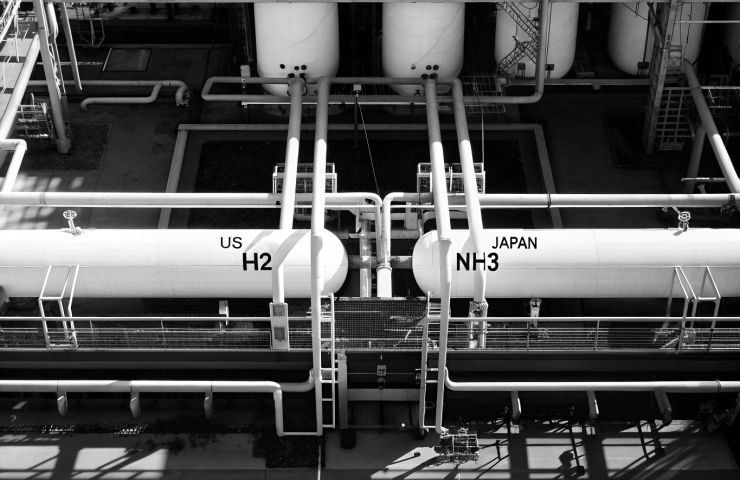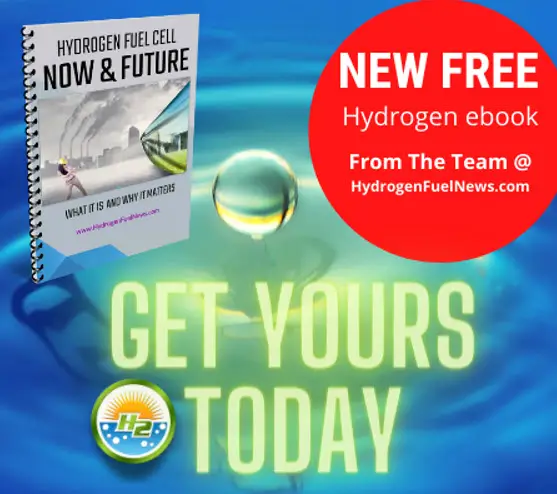
Exxon Mobil Secures Marubeni Deal for Low-Carbon Ammonia from Baytown Hydrogen Hub
May 8, 2025Hook: Big Oil Meets Hydrogen Reality Check
Exxon Mobil just made a bold move. They’ve inked a binding agreement with Japan’s Marubeni to ship out 250,000 metric tons per year of low-carbon ammonia—but, there’s a catch. It all hinges on whether they pull the trigger on building a massive hydrogen production facility in Baytown, Texas. On the surface, it’s a clean fuel story. Underneath? It’s about power—who gets to control tomorrow’s energy exports and how fast they can lock down market share.
Core News Summary
On May 7, 2025, Exxon Mobil announced it would supply Marubeni with blue hydrogen-derived ammonia from a future, billion-dollar-scale facility in Baytown. Marubeni won’t just be a customer—they’re buying in, taking an equity stake to get skin in the game. That said, construction is still up in the air until Exxon gives it the final greenlight, expected later this year.
The plan? Use steam methane reforming plus carbon capture (that’s your classic recipe for blue hydrogen), then turn that hydrogen into clean ammonia via the Haber-Bosch process. Once it’s running, this place could churn out around a billion cubic feet of hydrogen a day—plenty to fuel industrial decarbonization efforts across the Gulf Coast.
Translation: A U.S.-to-Asia hydrogen trade route isn’t just pie in the sky anymore. It’s actually starting to happen.
Technical Dive (Short and Sharp)
Let’s get clear—this isn’t green hydrogen. It’s blue, meaning it’s made from fossil fuels but with carbon capture and storage (CCS) baked in. Exxon says it can trap and store 95% of the CO2 emissions underground, thanks to its 2022 buyout of Denbury and their CO2 pipeline network. That makes it technically “low-carbon,” but not entirely clean—and yeah, that difference matters, especially to purists.
Strategic Angle: Japan’s Hydrogen Hunger
Marubeni is chasing big numbers—1.5 million tons of hydrogen a year by 2030. This deal gives them a straight shot at U.S. supply. Why? Because Japan is still working to phase out coal after the Fukushima disaster, and hydrogen plus clean ammonia are central to their new energy game plan. For Exxon, this is a hedge: a bet that CCS-powered hydrogen can scale faster and sell cheaper than its green hydrogen cousin.
History Matters: Baytown’s Ground Zero
Baytown didn’t land on the map yesterday. It’s been a heavy-hitter in hydrocarbons since 1919. Exxon’s flipping the script—turning an old-school refinery hub into a launchpad for future fuels. By leveraging the existing hydrogen infrastructure, they get a head start and save time and money.
Analysis: Widening the Hydrogen Divide
Here’s the clash: clean energy advocates love green hydrogen, made with electrolysis and powered by renewables—but it’s still pricey. Blue hydrogen—Exxon’s flavor—is cheaper and here now, but not without controversy. Critics say carbon capture isn’t the silver bullet it’s made out to be. And with the U.S. 45V clean hydrogen tax credit still waiting on final IRS guidance, the project’s economics are hanging in the balance.
Still, one thing’s certain: Big Oil isn’t stepping off the stage. Deals like this one between Exxon and Marubeni show they’re pivoting, not bowing out. But let’s not sugarcoat it—this is carbon-managed hydrogen, not carbon-free.
Implied Voices & Signals
Read the subtext: Marubeni is trying to lock in hydrogen supplies before global prices take off. Exxon wants to solidify its Low Carbon Solutions unit and make Baytown the linchpin of a global play. Both want to be seen as clean-energy leaders. Meanwhile, Australia and the Middle East are coming in hot with green hydrogen exports, adding pressure to get this right—and fast.
Closing Insight:
If Exxon brings this project to life, Baytown could become a showcase for transcontinental hydrogen production and trade. But if sentiment shifts even harder toward all-green everything, this could turn into nothing more than a pricey leftover from a transitional era. One thing’s crystal clear though: the hydrogen race is on—and it’s already reshaping the future of energy, molecule by molecule.



 With over 15 years of reporting hydrogen news, we are your premier source for the latest updates and insights in hydrogen and renewable energy.
With over 15 years of reporting hydrogen news, we are your premier source for the latest updates and insights in hydrogen and renewable energy.